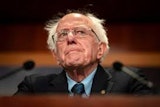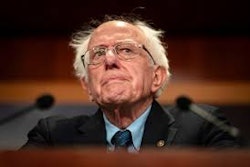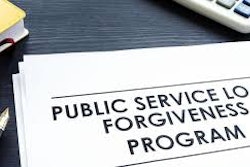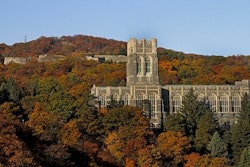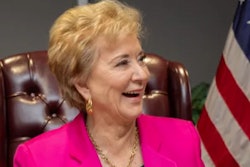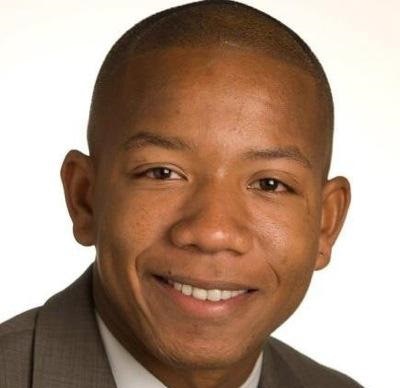 Dr. Edward Summers
Dr. Edward SummersThe challenges in higher education are clear. By exploring the two key challenges of access and affordability in higher education in the primary and secondary education industries, cities and states allot the appropriate amount of resources to ensure both. In those markets, education is a right, and individuals are not be denied either. Knowledge is a public good, yet systematic barriers exist that manifest as access and affordability to higher education for many. Access is not a right in the current higher educational market and there is no protection of due process. This seems to be an odd juxtaposition, given we are a society that preaches education as the key to upward mobility. As we’ve previously discussed in this series of “Stepping Away from the Brink” leadership remains critical to weathering disruptions in the higher education industry’s landscape, including access and affordability.
How can institutions of higher education balance viability and sustainability while remaining places that are accessible and affordable? This topic is a natural segue, given the unprecedented disruptions in our industry. Since 2016, 38 colleges or universities have closed and/or merged—13 in 2019 alone. While those disruptions can likely be linked to leadership, the challenges associated with access and affordability should not be overlooked. Though not discussed in previous opinion pieces, we believe it is an appropriate time to discuss why colleges and universities need to create environments where institutions are simultaneously accessible, affordable, and sustainable for all. Leaders who embrace strategies toward accessibility and affordability can steer away from brinksmanship as a method to avoid closing, merging, associating, or insolvency.
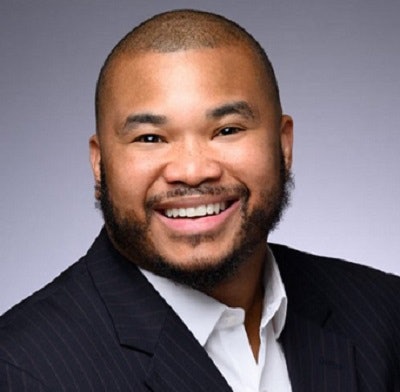 Dr. Adriel A. Hilton
Dr. Adriel A. HiltonSo, why should institutions create winning strategies to balance equity and efficiency while remaining viable, prestigious, and financially stable? It is necessary, given the state of higher education; moreover, it is imperative and our moral obligation to build institutions and systems of higher education inclusive of everyone. Doing so allows not only those who can afford to pay the sticker price to attend, but also permits those who may not have the financial resources a chance to succeed in the rigors of higher education. A more vibrant environment leads to diverse, inclusive, and sustainable institutions. These should be microcosms of the diverse world students are being educated to engage in. Dealing with the accessibility and affordability challenges will only strengthen the market position of higher education institutions with a rapidly growing heterogeneous population.
Institutions need to address the following issues in order to stay away from the brink:
• Institutions need to recognize the changing demographics of the United States and consider how the higher education sector is contracting. Less affluent families are having children. As a result, institutions need to understand how to deal with a nation where young people who enroll in college have less resources than previous classes.
• Increasingly, families are re-evaluating the value of higher education and are asking if a college degree is worth the investment. This has led to a national conversation amongst educators, policymakers, community-based organizations, and families of all backgrounds. Many are finding other pathways to ensure their young people receive the training needed that places them on a path to a family-sustaining wage.
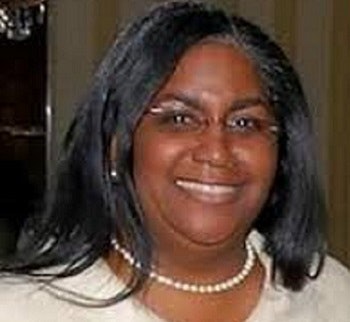 Dr. Lessie Branch
Dr. Lessie Branch• Alternatives to higher education create an environment of fierce competition among institutions, such as code academies, which promise an individual will be gainfully employed upon completion of a boot camp.
• Student loan debt and default rates are at an all-time high, and neither of those benefits anyone. This has brought national attention to the cost of higher education. Students are becoming savvy about the amount of debt they are taking on to pursue their education, questioning whether or not the price is worth it.
• Affordable and accessible education will be the saving strategy for institutions on the brink. It is sound reasoning to readjust, reconsider, and re-strategize to create a 21st century plan addressing these issues for those populations that normally would be excluded from more expensive institutions. The reality is, as demographics shift, institutions must also adjust to keep from going over the brink, like so many other institutions which have seen their demises.
Dr. Edward Summers is the executive director at The Bronx Private Industry Council. Dr. Adriel A. Hilton is the dean of students and diversity officer at Seton Hill University. Dr. Lessie Branch is the associate dean of the school for business at Metropolitan College of New York and senior fellow at the Du Bois Bunche Center for Public Policy.
